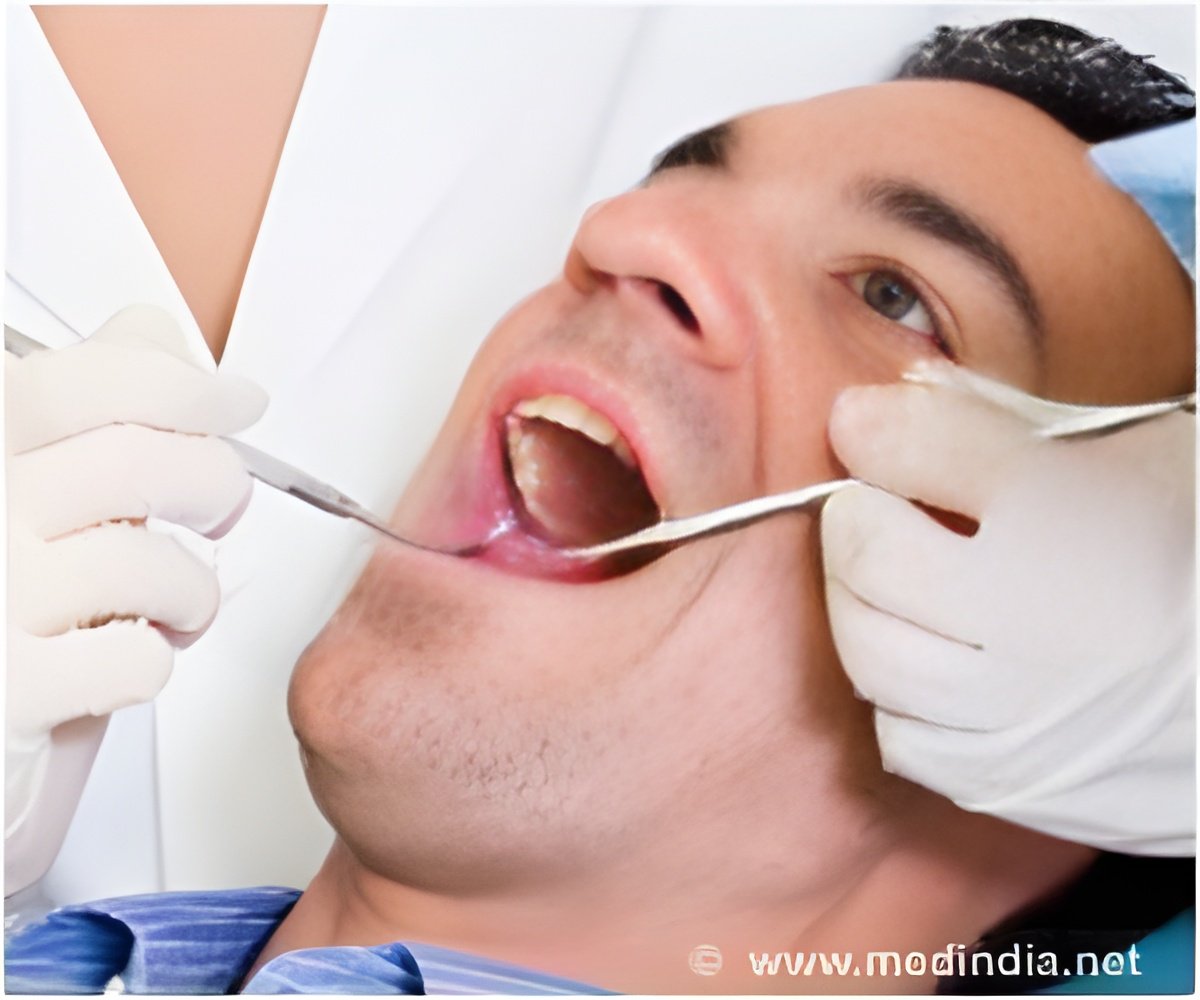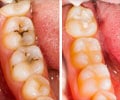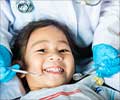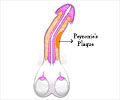New dental composite material resists biofilm growth its low dose of antimicrobial agent kills only microbes that come in contact with the material.

‘New material has outstanding mechanical properties and long-lasting anti-biofilm activities without cytotoxicity.’





"Dental biomaterials such as these," said Geelsu Hwang, research assistant professor in Penn’s School of Dental Medicine, "need to achieve two goals: first, they should kill pathogenic microbes effectively, and, second, they need to withstand severe mechanical stress, as happens when we bite and chew. Many products need large amounts of anti-microbial agents to maximize killing efficacy, which can weaken the mechanical properties and be toxic to tissues, but we showed that this material has outstanding mechanical properties and long-lasting antibiofilm activities without cytotoxicity." Hwang collaborated on the study, which was published in the journal ACS Applied Materials and Interfaces, with Penn Dental Medicine professor Hyun (Michel) Koo and Bernard Koltisko and Xiaoming Jin of Dentsply Sirona.
The newly developed material is comprised of a resin embedded with the antibacterial agent imidazolium. Unlike some traditional biomaterials, which slowly release a drug, this material is non-leachable, thereby only killing microbes that touch it.
"This can reduce the likelihood of antimicrobial resistance," Hwang said.
Hwang and colleagues put the material through its paces, testing its ability to kill microbes, to prevent growth of biofilms and to withstand mechanical stress.
Advertisement
Then, the team assessed how much shear force was required to remove the biofilm on the experimental material. While the smallest force removed almost all the biofilm from the experimental material, even a force four times as strong was incapable of removing the biofilm from the control composite material.
Advertisement
Hwang, who has an engineering background, has welcomed the opportunity to apply his unique expertise to problems in the dental field. Looking ahead, he looks forward to further opportunities to develop and test innovative products to preserve and restore oral health.
Source-Eurekalert











